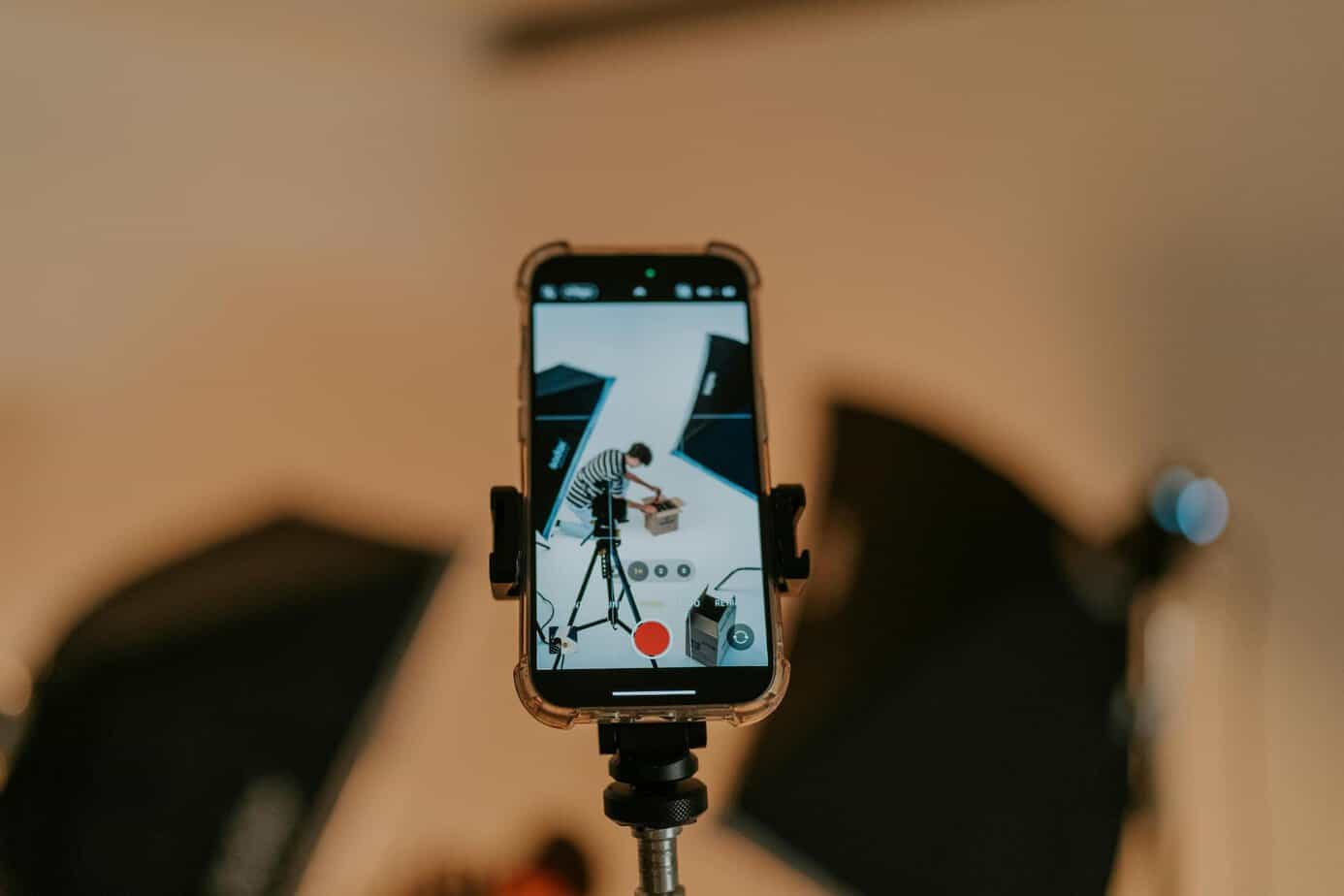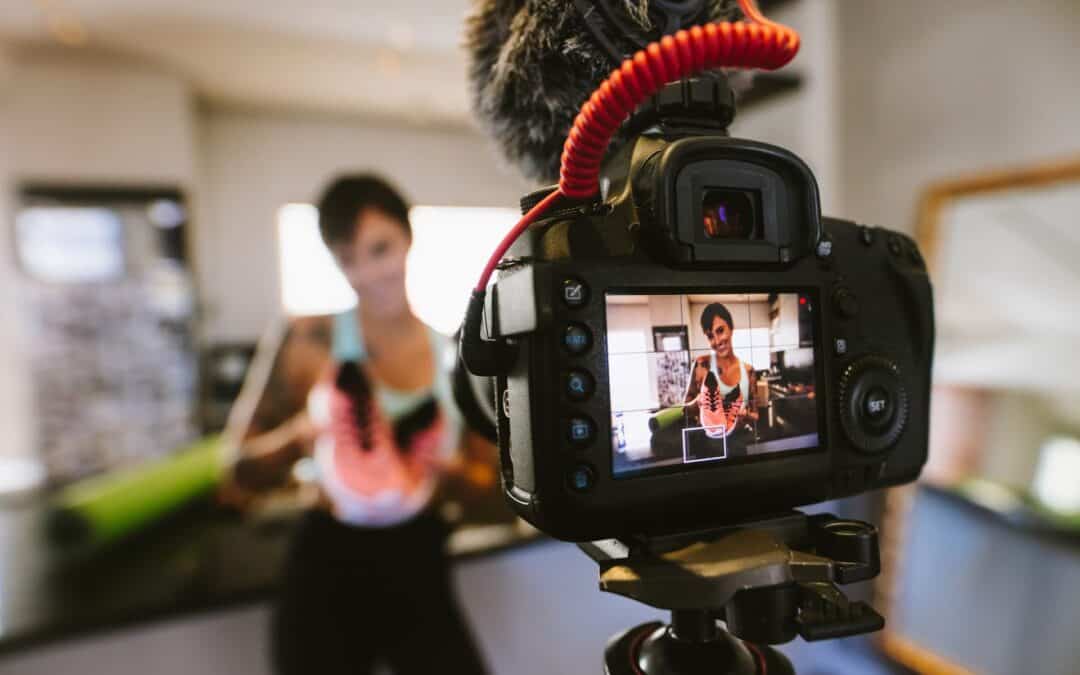The time has come: you log on via a smartphone or PC and are immediately greeted by one of your favorite influencers. They’re standing in front of a table filled with earrings, necklaces and other accessories, and behind them is a rack of designer jackets that would look perfect in your own wardrobe. As each item is displayed and discussed in detail, you find yourself completely hooked.
Live shopping is not merely another digital channel for retailers to offer customers. It’s an opportunity to host an online event in real time that allows customers from any location to explore products in detail. It’s becoming so popular that 45% of consumers in the U.S. alone have browsed or purchased from a live sales session in the past year.
Given it blends both entertainment and traditional eCommerce experiences, scaling demand for live shopping and executing it with effective product feed management is essential. This post will guide you through everything you need to know to get started.
What is Live Shopping?
For older consumers, live shopping may remind them of specialty programs offered through linear TV where consumers could place orders by telephone and take advantage of limited time offers.
The difference is that live shopping experiences are hosted on digital devices and often through social media platforms such as Instagram and TikTok. Online marketplaces like Amazon have also begun offering the ability to host livestreams on their platforms, while third-party service providers can set up live selling on your existing brand website.
Brands typically invite consumers to attend live sales events through social posts, e-mail blasts or even text messaging campaigns. Once the audience shows up, brands can walk through their latest collections, breaking down the unique style, craftsmanship and quality materials that define the fashions they’re offering.
Instead of taking phone calls, livestream shopping provides consumers the ability to ask questions and provide comments in a chat window for everyone to see. The hosts can respond immediately – not only with commentary but with links that take consumers directly to more information or product pages.
Best of all, consumers can purchase directly while they’re watching livestream, easing their shopping journey and having more fun in the process.
Why Live Shopping is Transforming Retail
Livestream shopping is forecast to grow to $68 billion by 2026 in the U.S. and represent more than 5% of total eCommerce activity. Its rise can be easily explained by the following trends:
Shift to Omnichannel Experiences
While physical store locations remain popular among many consumers, 41% of shoppers increased their use of retail e-commerce sites and marketplaces in 2024. Live shopping builds upon omnichannel strategies by giving consumers a digital way to browse online. It’s why brands including Carrefour, Monoprix, Printemps have all hosted live selling events.
Increased Customer Engagement
Online shopping is often as easy as scrolling product pages and clicking a “buy” button, but it can feel static compared to browsing items in person. Livestream shopping overcomes that limitation by creating a dynamic digital environment where brand experts can suggest a curated set of items to consider, providing their own insights into what makes them luxury products.
Driving Impulse Purchases
Consumers might assume that certain items they’re looking at online will always be in stock. Livestream shopping can help brands create a greater sense of urgency by highlighting products that may be low on inventory, or are exclusive and available for a limited time. One-click checkout links integrated into a livestream, meanwhile, make purchasing seamless and more tempting for those watching a broadcast.
Beyond Transactions: Building Customer Loyalty
People are attracted to brands that can create an authentic human connection, and there’s no better way to do that than by facilitating conversions. Whether live shopping experiences feature employees, influencers or other guests, this is a chance to tell compelling stories about how your latest collection was inspired and why you believe customers will love it.
The Business Case for Live Shopping
As with any digital commerce initiative, selling via livestream needs to be based on a solid plan that delivers value. Here are just some of the benefits to keep in mind:

Revenue Growth Opportunities
Every brand has sales targets, and promoting products via a live virtual event can help achieve them. Research has found live shopping can reach conversion rates as high as 30%, far higher than many traditional eCommerce experiences. Brands including Sephora, Samsung and many others have benefited from live sales, either through one-time events or ongoing series.
Expanding Market Reach
Zara made headlines in 2024 by hosting a live shopping event that was originally hosted in China. It is now expanding that strategy to boost its sales in the U.S. region. Similarly, brands that want to boost their profile internationally can leverage livestreaming to introduce themselves to new customers. Livestream shopping can also be a way to expand reach within particular demographics. Brands that typically track older consumers, for instance, could use it as a way to get in front of the 56% of Gen Z shoppers who plan to consume more content from companies via social media in 2025.
Cost-Effective Marketing
Livestreams aren’t just a good way to sell. They’re also outstanding marketing tools, where retailers can showcase their brand values and the team that brings them to life. This can augment traditional marketing tactics like static digital ads with a more interactive, engaging format that drives audiences straight to their shopping carts. When influencers and special guests are involved, the return on investment (ROI) for livestreaming can be even higher.
The Role of Product Feed Management in Live Shopping’s Success
Live shopping experiences aren’t just based on what’s captured by a camera. You also need a product feed management solution that will synchronize everything in your online catalog to the website or social media service where audiences are watching.
Product feed management automation is essential for:
Meeting Demand Across Channels
Imagine going to the effort of hosting a virtual event where you discuss a designer dress or luxury handbag that is no longer available for purchase. It’s a waste of your time, and could discourage shoppers from considering your brand through any other channels. Product feed management provides real-time inventory updates to prevent those sorts of out-of-stock issues.
Enhancing User Experience
No matter where consumers are tuning in from, you want to offer accurate and up-to-date details about sizing, colors and especially pricing. The right product feed management solutions offer the ability to update this kind of data as frequently as you need, building more trust with your live shopping audience.
Scaling Operations for High Demand
It might make sense to experiment with livestream selling during peak periods like the holiday season, where more shoppers are actively looking for new products. That can mean a lot of activity happening across your eCommerce operation at the same time. You don’t have to worry about any disconnect between what you’re showing online and your inventory with product feed management in place, however. It was designed to manage sudden spikes in orders without any disruption in service.
Best Practices for Brands Entering Live Shopping
If you’re ready to dive into live sales events, keep the following rules of thumb top of mind:
Choose the Right Platforms
Start with the audience you’re trying to attract: which social media services are they likely using to shop today, and what kind of built-in livestreaming options are available for brands? Consider whether you could get greater ROI by hosting a livestream on your own website or through an online marketplace partner.
Invest in Quality Production
What you broadcast online should match the level of professionalism you offer in physical stores. In this case, budget for effective lighting and equipment that can capture clear audio. You’ll also want to avoid appearing to make the content up as you go along by outlining which products you’ll showcase and what you want to convey about each item. Influencers and special guests should be provided a similar level of scripting so everyone hits the most important points.
Focus on Product Feed Optimization
Your data is an integral ingredient of the content you’ll be broadcasting. Make sure you’ve optimized product titles and descriptions and eliminated any duplicate, redundant or inaccurate content. This will help your product feed management solution perform as expected, and it should be treated as a top priority rather than an afterthought.
Engage in Real-Time
This is a live event, so make sure it feels like one. Have your hosts and guests prepared to monitor the chat and respond accordingly. It’s a chance to resolve any misconceptions or confusions about your products and pricing. Take participation even further by trying out live polls to get more insight into your audience’s tastes and preferences. You can even offer updates about which items are trending in terms of sales to encourage like-minded behavior.
Measure Success and Adapt
Selling on a livestream is an art that may take time to master. Use viewership data to get a sense for not only how many people tune in, but how long they stay. Engagement rates like the number of questions and comments and the chat and click-through can help your hosts improve their delivery. And of course, revenue should be a key metric to track as you invest in similar events.
Lights, camera, live shop!

Live shopping is a new way for retailers to think of what “show and tell” means from an eCommerce perspective.
As omnichannel selling becomes an essential part of shopping, get ready to entertain, educate, inspire and feed the necessary product data to audiences of every kind.
Connect with Highstreet.io to learn how to enable the kind of social commerce that provides the foundation for getting live shopping off the ground.

